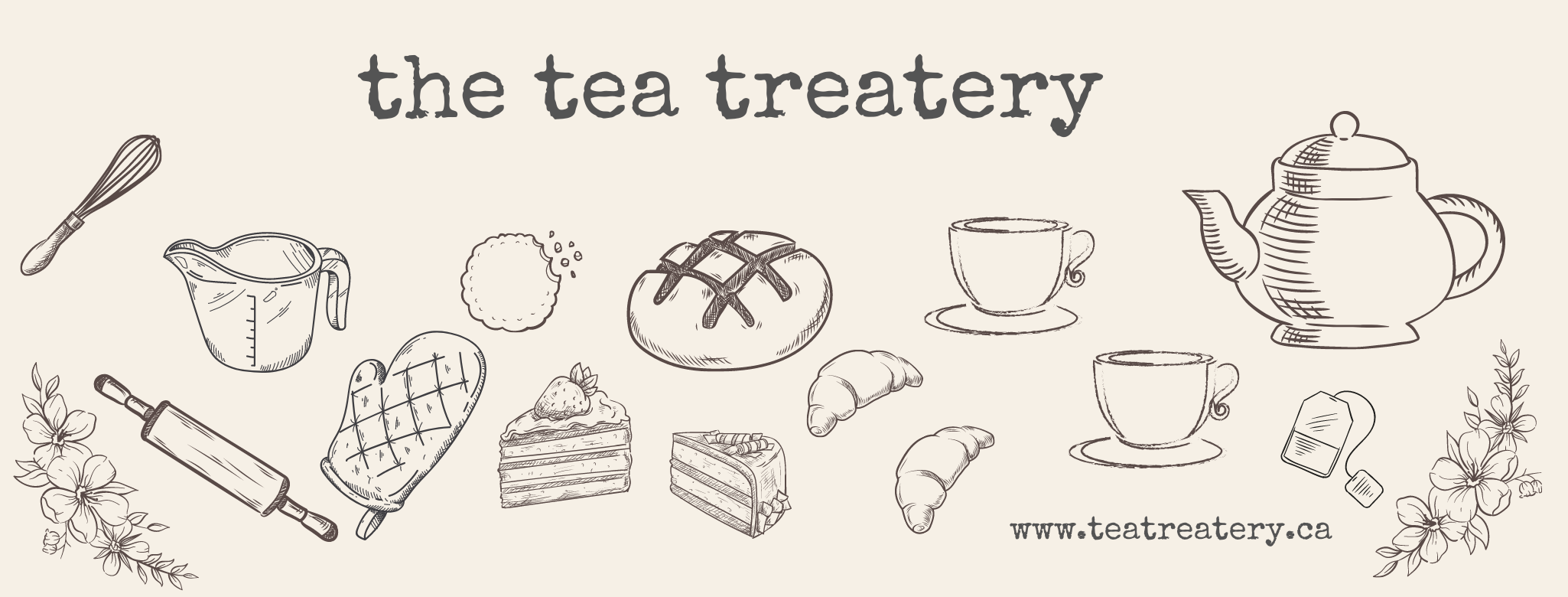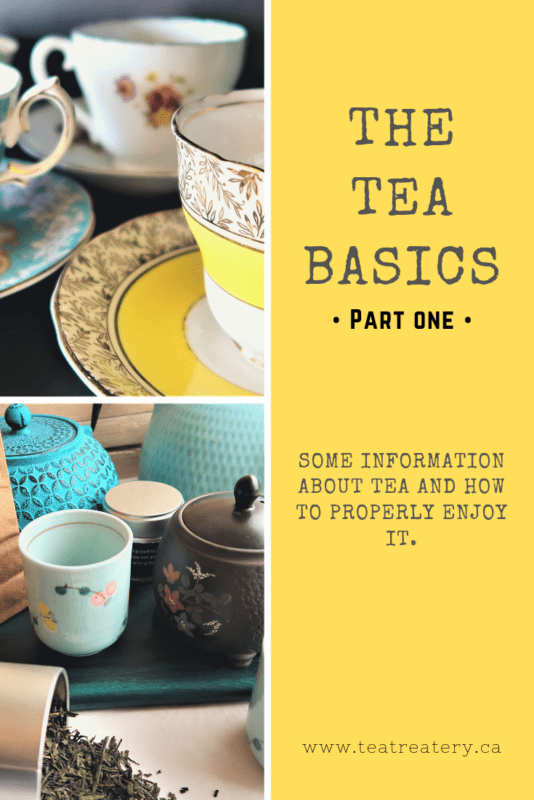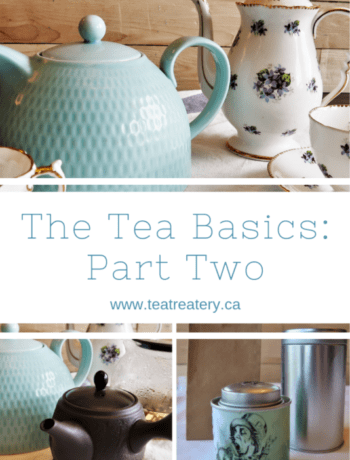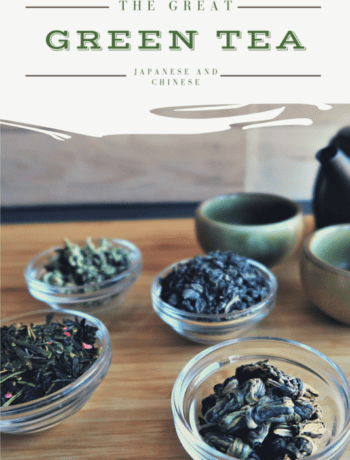This post contains affiliate links. As an Amazon Associate, I earn from qualifying purchases. For more information read my Disclaimer page.
I am not a coffee drinker; in fact, I hate the stuff. I will down one of those overly sweet concoctions from Starbucks, but that isn’t real coffee. As I had mentioned before I used to work at Starbucks and part of the job was doing coffee tastings, to me, they were all just varying degrees of burnt and bitter. My drink of choice for getting a caffeine fix is tea. So let’s start with some tea basics to get us familiar with these lovely green leaves.
Tea Processing:
All the tea that exists comes from the same bush, Camellia sinensis with two varieties sinensis and assamica. C.sinensis var. sinensis is the variation found in Japan and China and is used to make mostly green and white teas. The assamica variety is the type found in India, and elsewhere, it is primarily for black and dark teas. After picking the tea leaves, they are processed, this is the what gives each tea their unique flavour.
There are six main stages for preparing tea leaves, but the stages vary greatly depending on the type of tea that they are making, and some teas will even skip a step. The stages include;
- Withering
- Rolling
- Oxidization
- Drying
- Grading
- Cleaning
It would a very long blog post if I went into detail about each stage and since we aren’t about to pick and make our own teas, I’ll skip over that. The primary purpose of all the steps is to reduce the amount of water in the leaves. Freshly picked leaves contain about 70% water while the finished product has only 3%. So that means that if you have 4lbs of picked leaves, you will only end up with about 1lb of tea.
The only stage that will dictate the type of tea is oxidization. Green and white teas go through very little oxidization, while black, oolong, and pu’erh require more time to oxidize. If you want a little more information on Tea Processing, click here.
Importance of Water:
There are many things about the water you use for your tea that can affect the taste and aroma of it. Most of it gets a little complicated, like the mineral content of the water you are using, and even the pH level. Most of it can make things overwhelming so we will stick to the simpler things to control like the temperature of the water. Teas that have undergone only slight or no oxidation, such as green, white, and yellow, will fair much better when steeped in cooler water. Highly oxidized teas like black and oolong require higher temperature water. Here is a list to help you with water temperatures:
- Green and White Tea: 75-85℃(167-185℉)
- Oolong: 95℃(203℉)
- Black and Pu’erh: 85-95℃ (185-203℉)
It might seem really difficult to regulate water temperatures, but you can buy electric kettles that you can set the temperature to what you want. Another hint is to keep your water at the best that it can be, which is to make sure to use fresh water in the tea kettle. Water that has been boiled repeatedly losses oxygen and affects the taste and aroma of your tea. Also, water that has been sitting around for long periods of time will affect the flavour of the tea. So make sure to put fresh cold water into your kettle every time you want to make a pot of tea. This is just some of the tea basics to get you started; there will be more to come.




No Comments